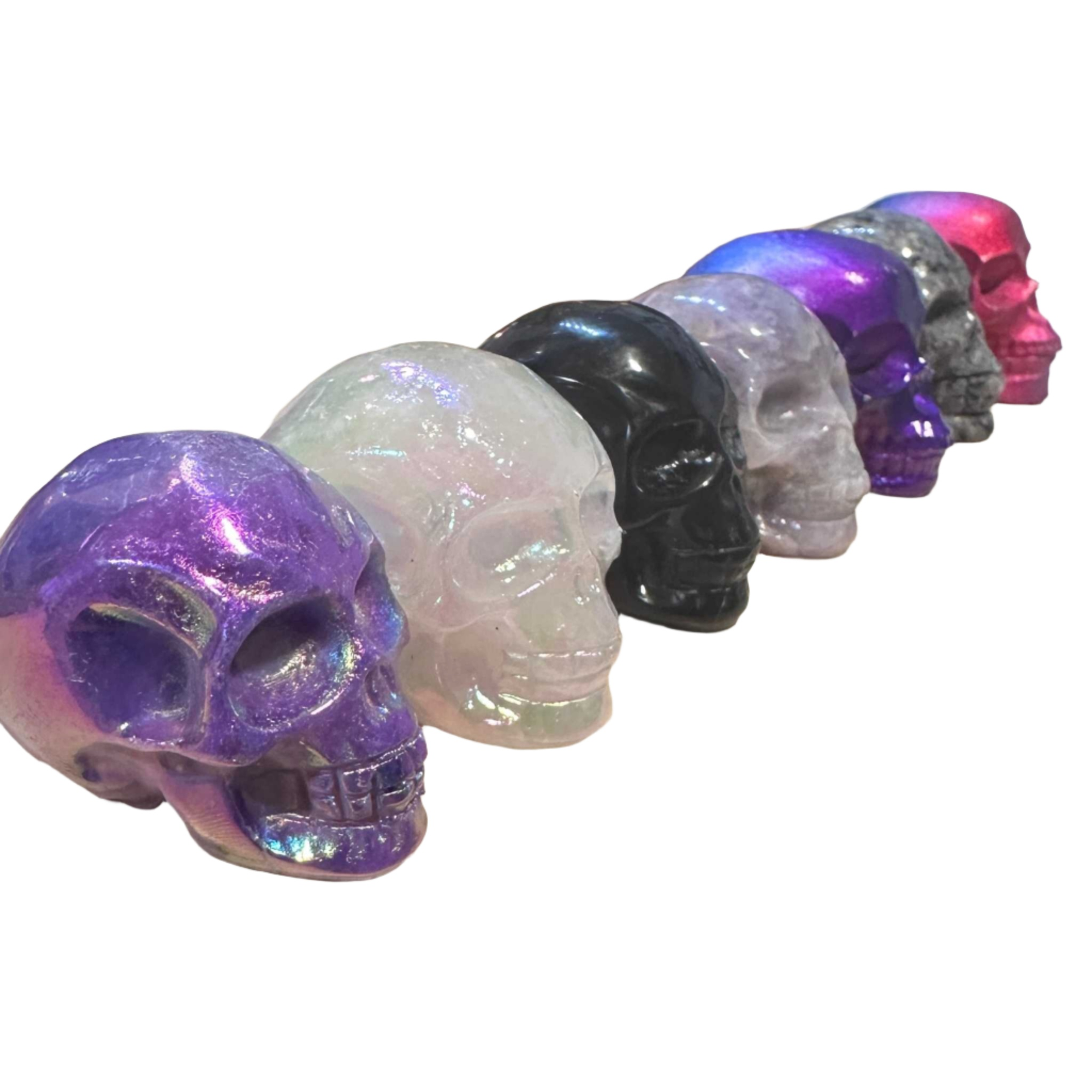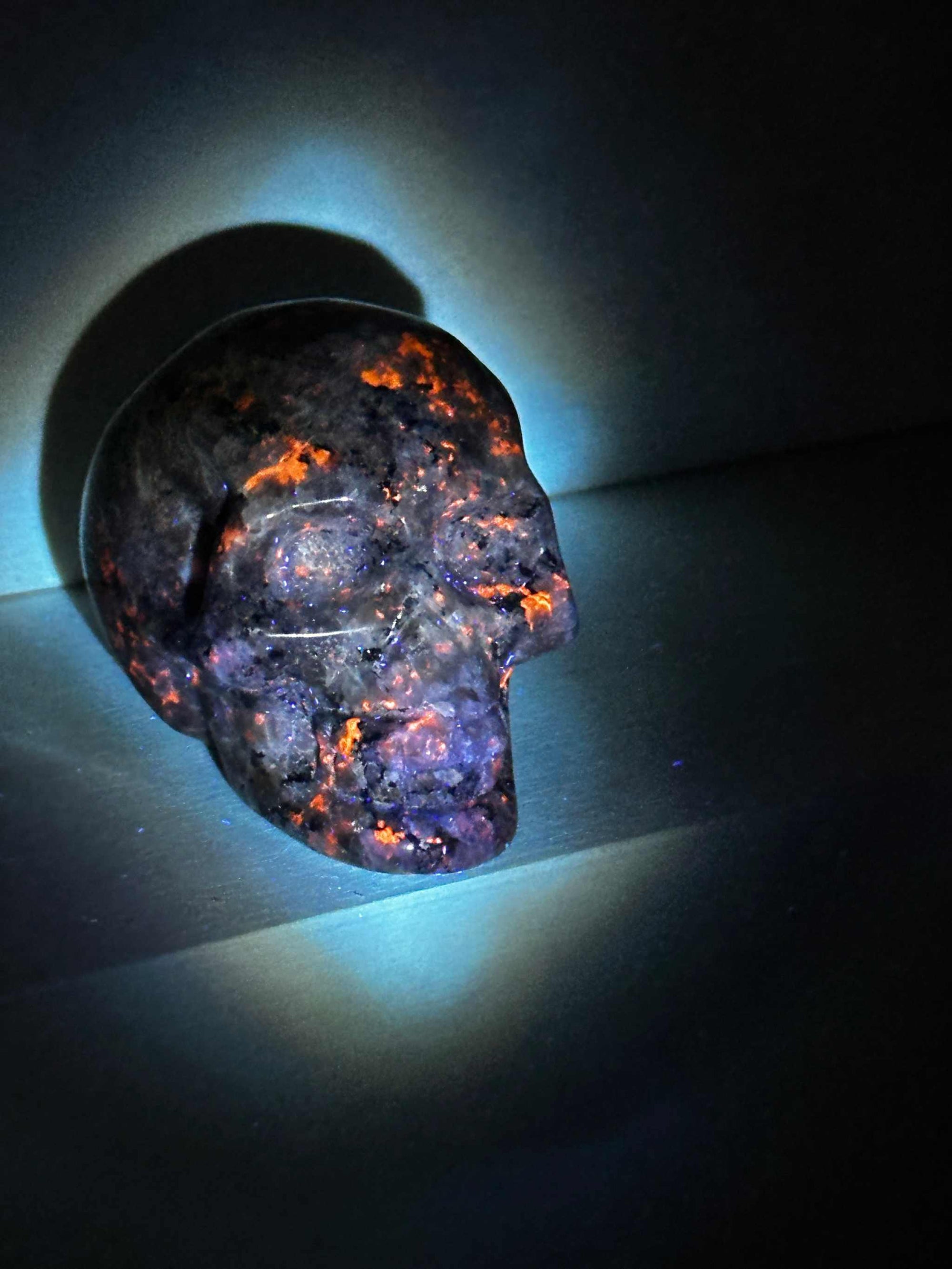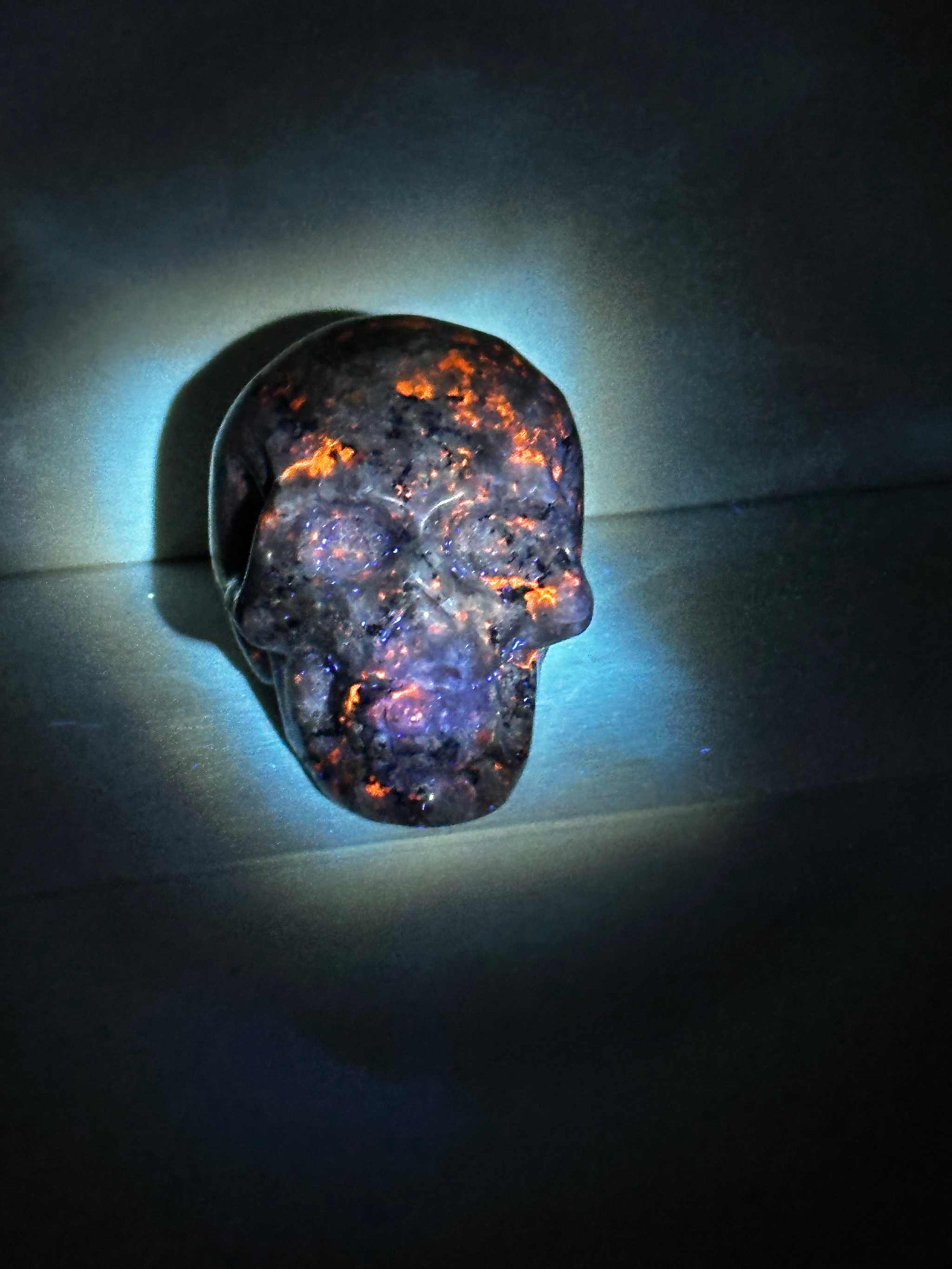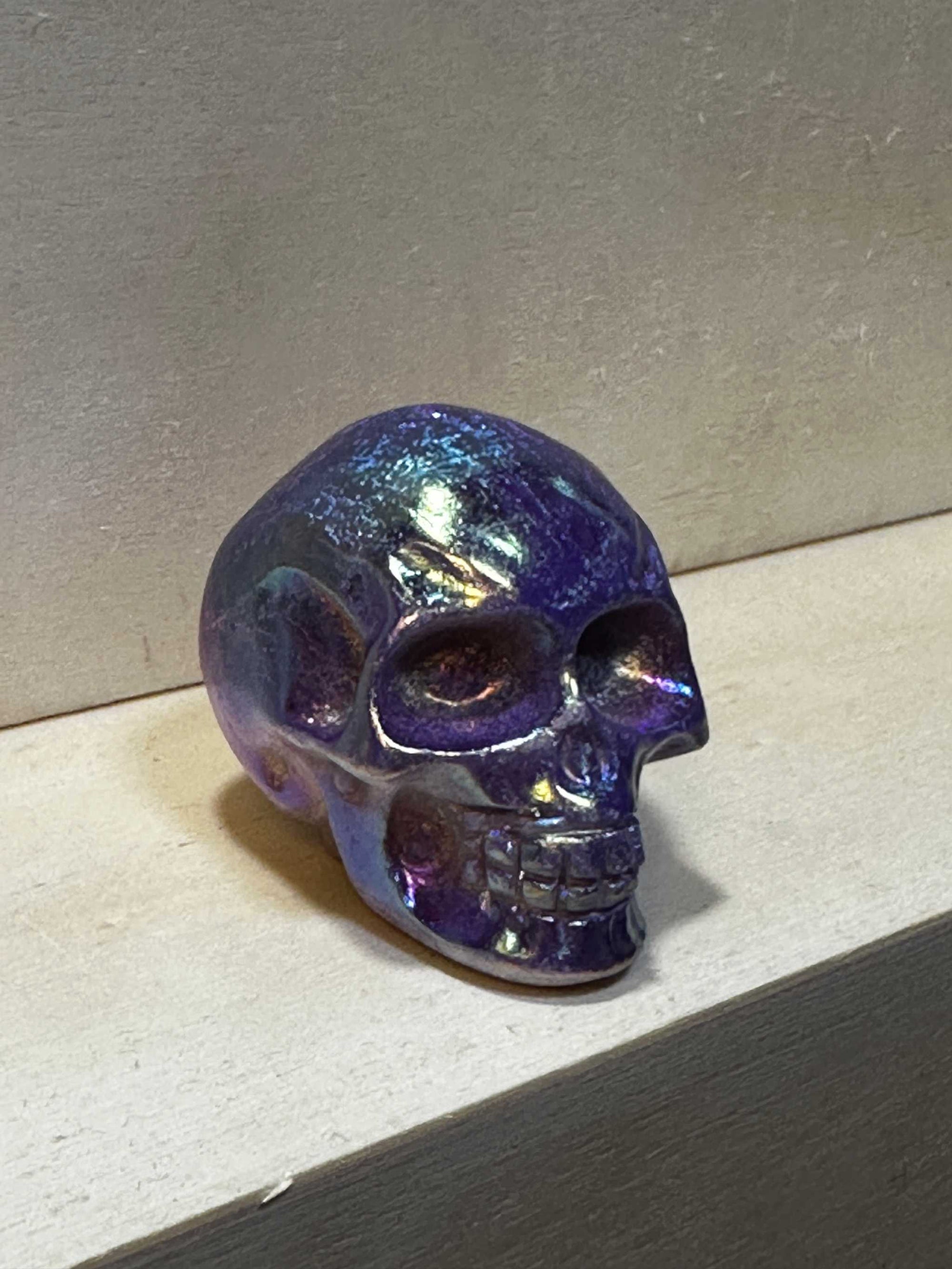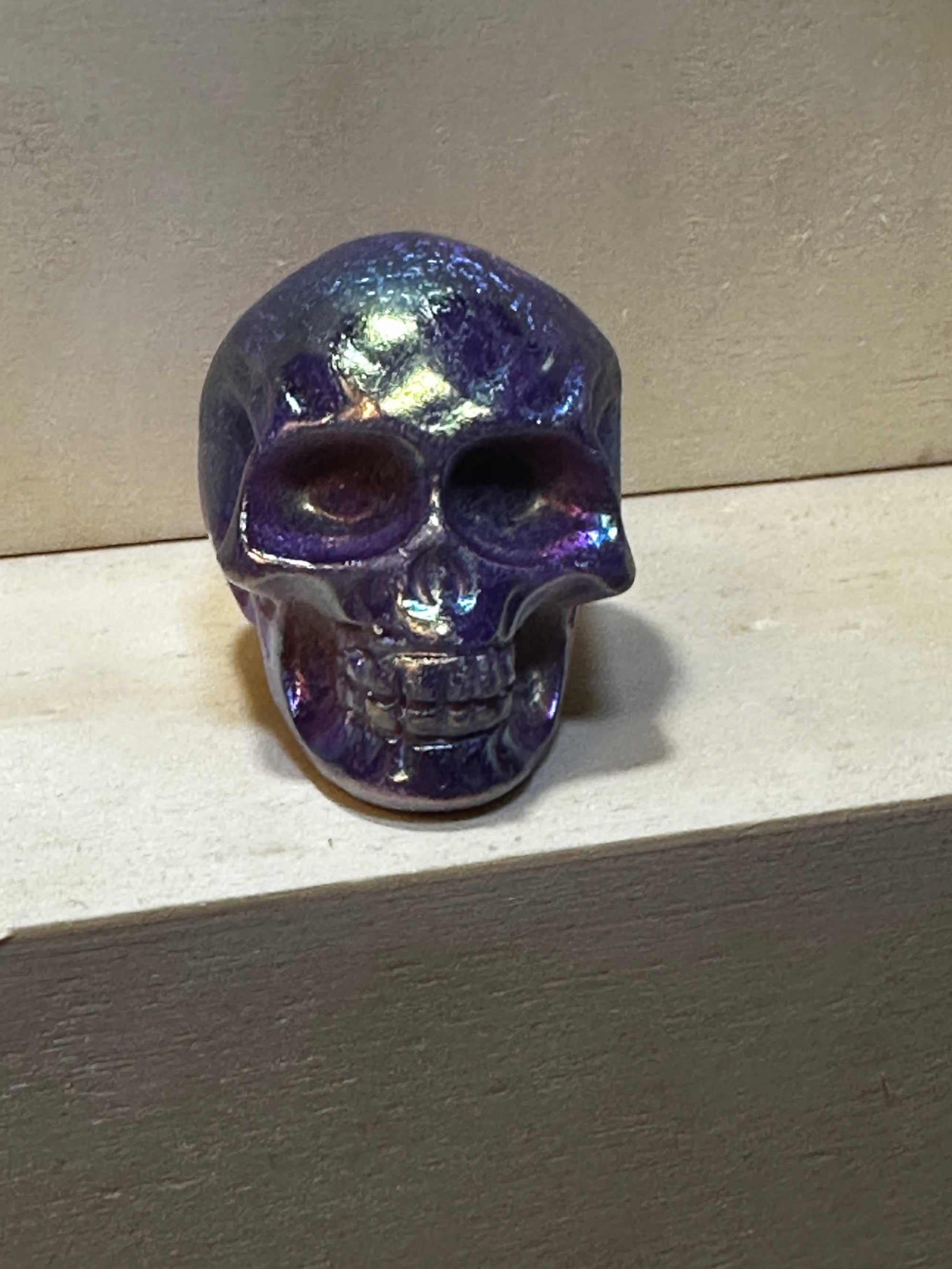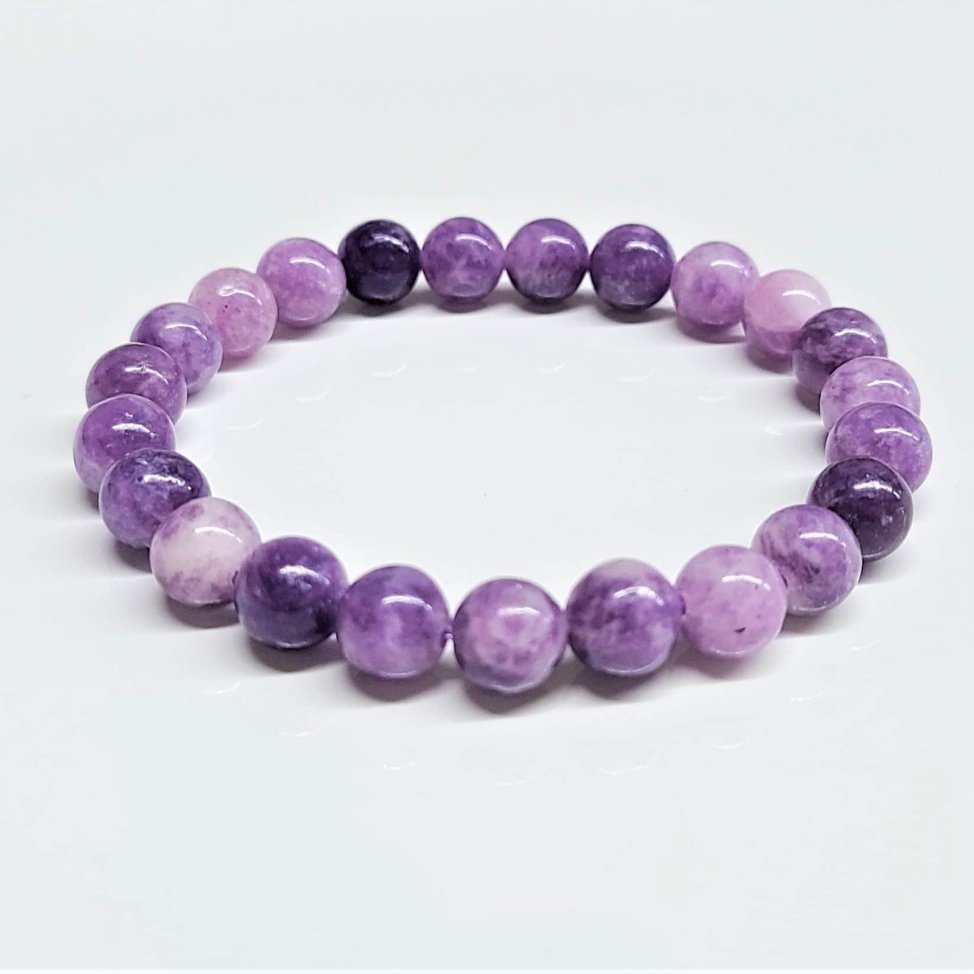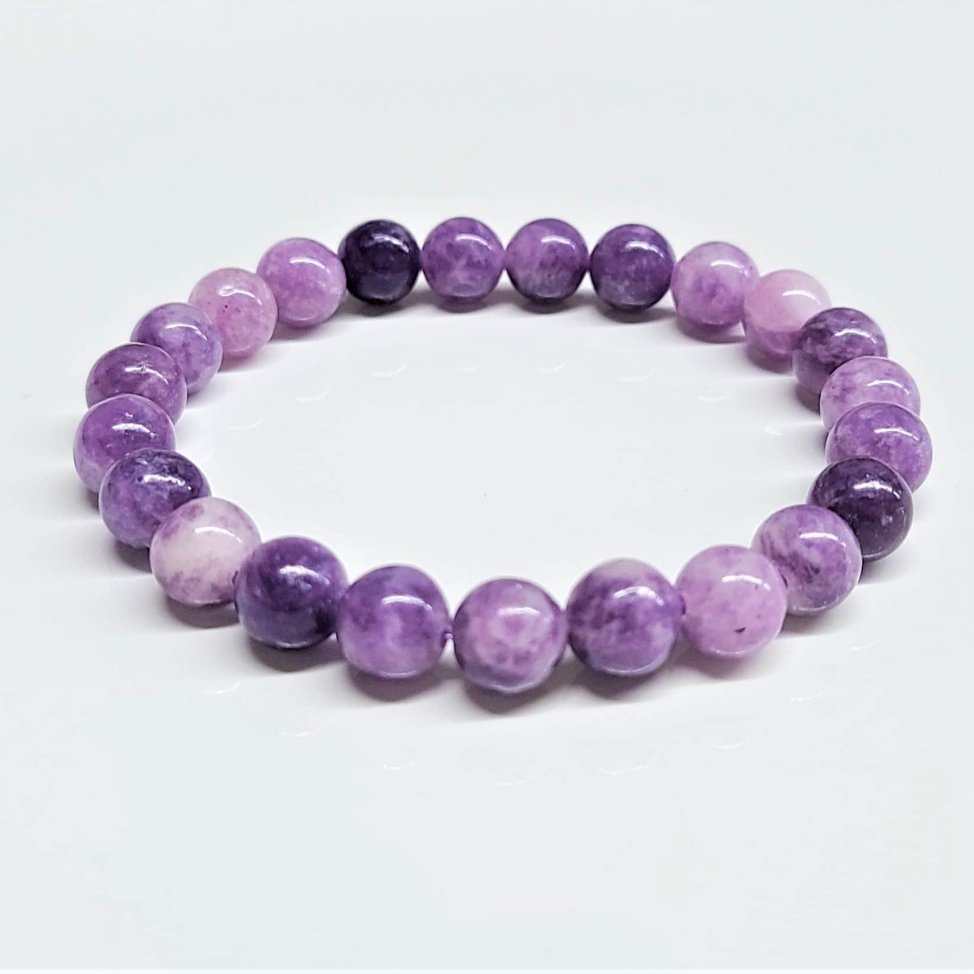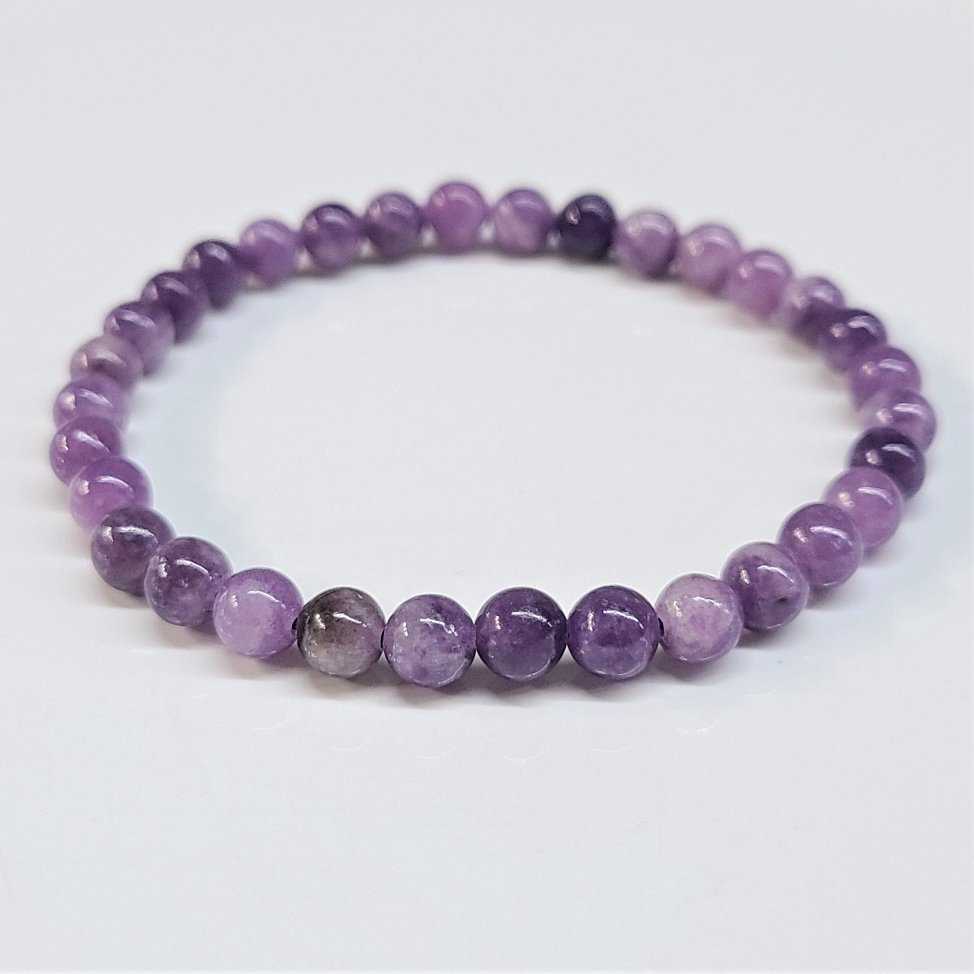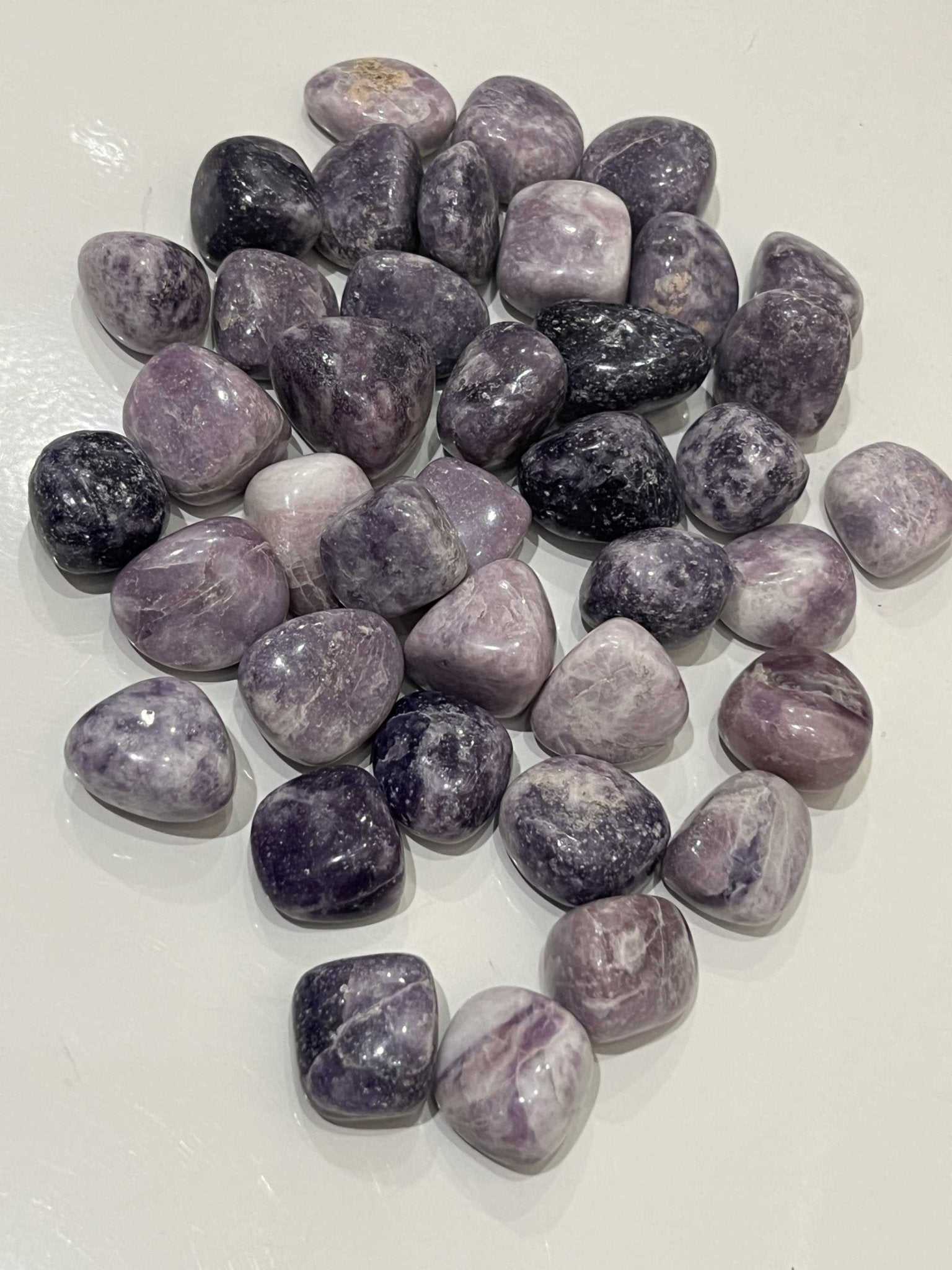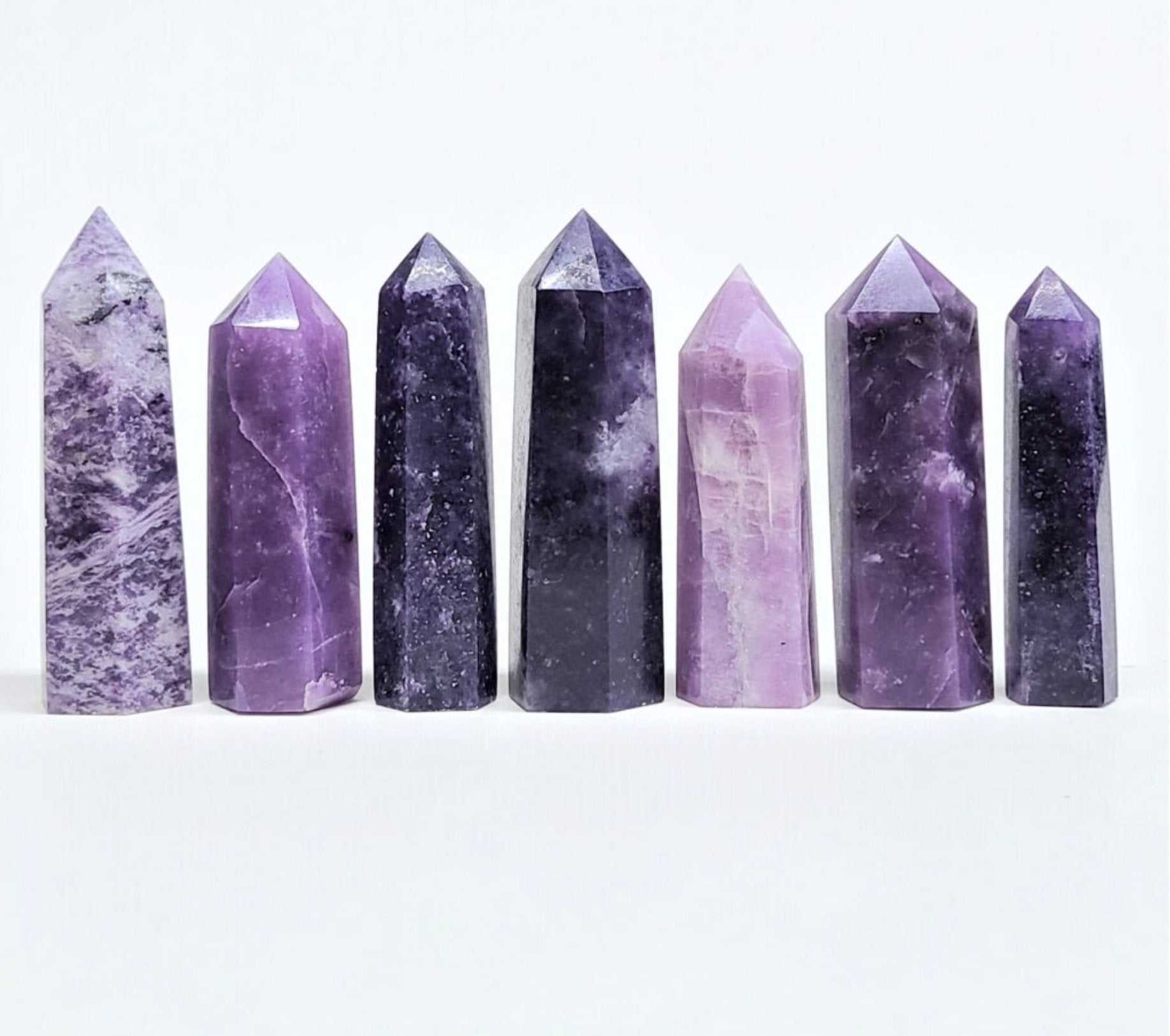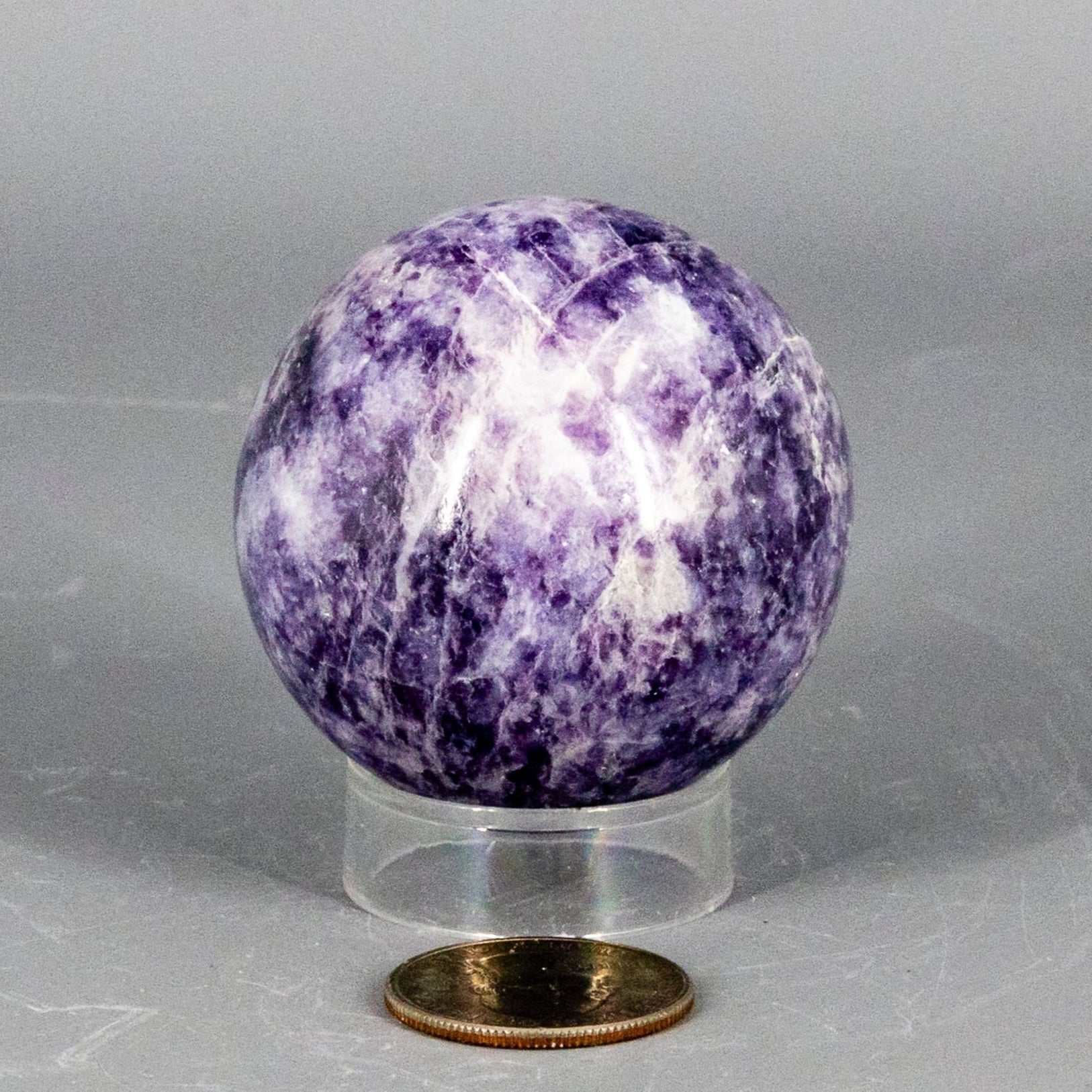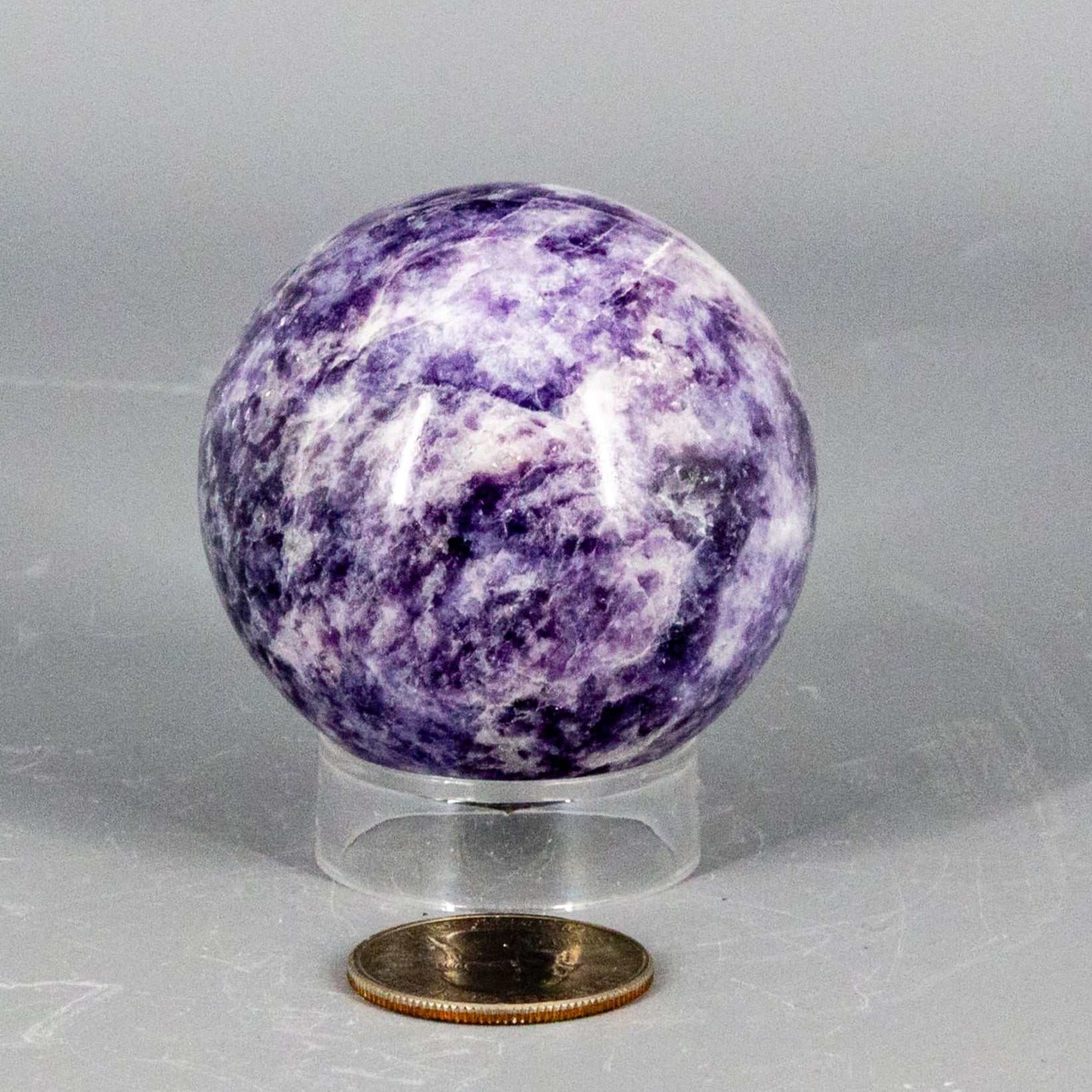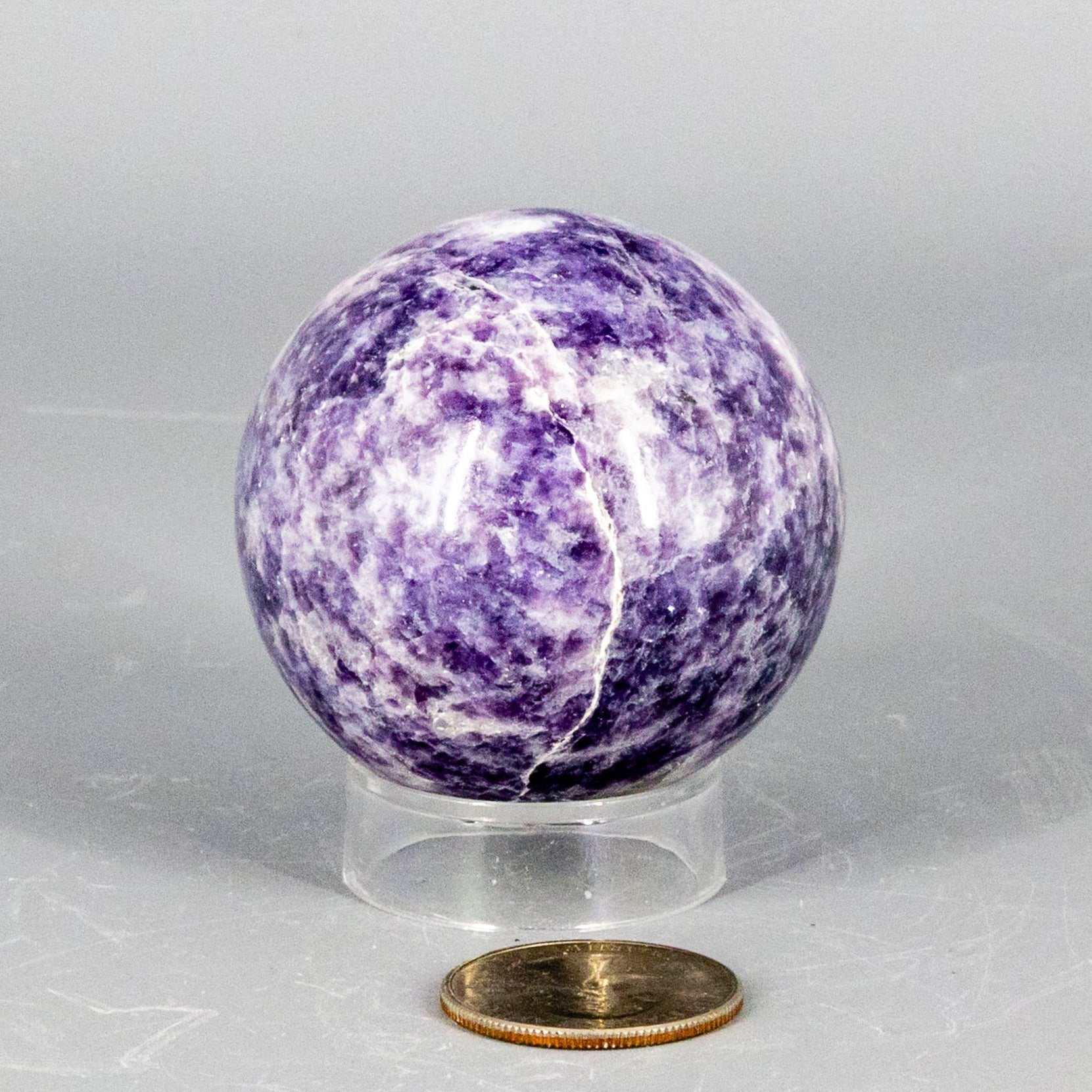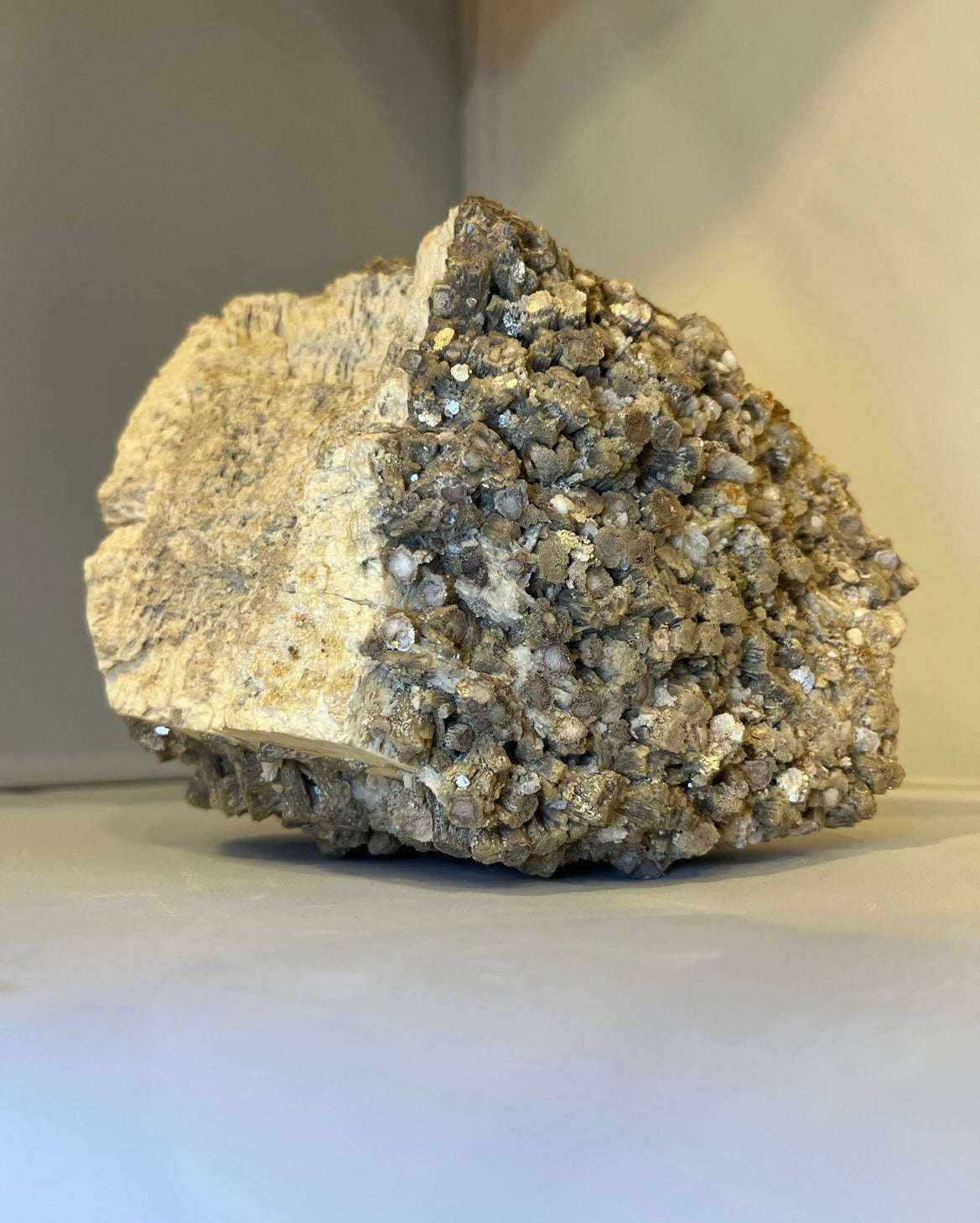Overview of Lepidolite
Lepidolite is a captivating lilac-gray or rose-colored member of the mica group of minerals, often found in scaly aggregates and masses. It is renowned not only for its aesthetic appeal but also for its potent metaphysical properties, which have made it a sought-after stone in the world of crystal healing and spiritual growth.
Metaphysical Properties
Emotional Healing and Stress Relief
Lepidolite is often referred to as the "Peace Stone" due to its remarkable ability to soothe and calm the mind. It is considered an excellent stone for emotional healing, helping to alleviate stress, anxiety, and depression. Its high lithium content contributes to its stabilizing effect on the mood, promoting a sense of tranquility and balance.
Enhancing Psychic Abilities
This stone is believed to open and activate the third eye and crown chakras, facilitating enhanced psychic abilities and spiritual awareness. It aids in connecting with higher realms and accessing deeper spiritual insights, making it a valuable tool for meditation and spiritual practices.
Facilitating Change and Transition
Lepidolite is particularly useful during times of change and transition. It provides support and encouragement, helping individuals to release old behavioral patterns and embrace new beginnings. This makes it an ideal companion during periods of transformation, whether personal, professional, or spiritual.
Promoting Self-Love and Acceptance
Another key property of Lepidolite is its ability to foster self-love and acceptance. It encourages individuals to look within and appreciate their true selves, fostering a healthy sense of self-esteem and self-worth. This inner reflection can lead to profound personal growth and a more positive outlook on life.
Shielding Against Negative Energies
Lepidolite also acts as a protective stone, shielding its wearer from negative energies and psychic attacks. It helps to dispel negativity from the aura and surroundings, creating a harmonious and safe environment. This protective quality makes it a great stone to keep in living spaces or workplaces.
Physical Characteristics and Varieties
Lepidolite's appearance can vary, but it typically showcases a soft, shimmery luster due to its mica content. It can be found in various forms, including raw crystals, polished stones, and as part of jewelry. Its colors range from pale pink to deep violet, often with white streaks or patches.
Associated Elements and Symbols
Lepidolite is associated with the elements of Water and Air, which aligns with its calming and transformative properties. It is also linked to the astrological signs of Libra and Pisces, further emphasizing its connection to balance, peace, and intuition.
Cultural and Historical Significance
Historically, Lepidolite has been used for its calming properties and as a source of lithium. In various cultures, it has been valued for its beauty and metaphysical attributes, often being utilized in spiritual rituals and healing practices.
Natural Formation Process
Lepidolite forms in granitic pegmatites through the slow cooling of magma, which allows large crystals to develop. Its primary constituents are potassium, lithium, aluminum, and silicon, with lithium being the element that imparts its distinctive color and properties. The presence of lithium makes Lepidolite an important source of this metal, used in various industrial applications, including batteries and ceramics. Over time, the interaction between these elements and environmental factors like temperature and pressure results in the beautiful, shimmering layers characteristic of this stone.
Conclusion
Lepidolite is a powerful and versatile stone that offers a range of metaphysical benefits. Its ability to promote emotional healing, enhance psychic abilities, and provide protection makes it an invaluable asset in any crystal collection. By understanding and harnessing the energies of Lepidolite, individuals can navigate life's challenges with greater ease and confidence, embracing change and fostering a deeper connection with their inner selves.
